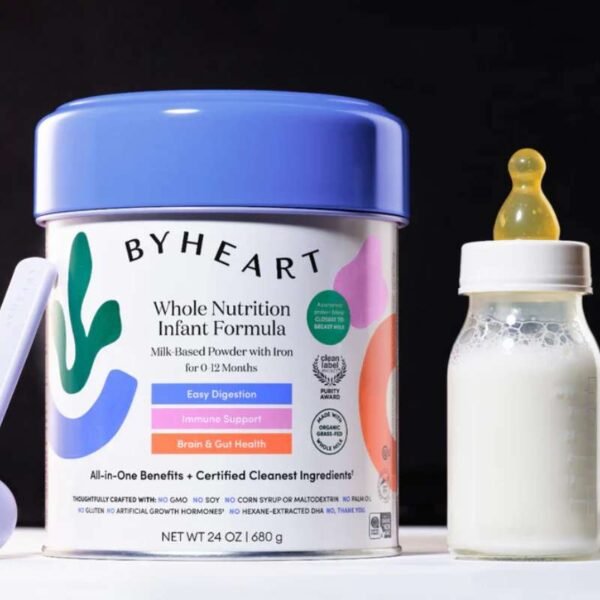Business competition is a common phenomena in business world. Organizations have to follow certain strategies to make their name in business. Keeping the goal of improved product quality at low cost and increasing efficiency, the method of Lean manufacturing was introduced. Rooted in the Toyota Production System (TPS), Lean manufacturing principles aim to minimize waste and maximize value to the customer. Many companies are applying this technique in their organizational operations and achieving growth.
Understanding Lean Manufacturing Principles
Lean manufacturing principles revolve around optimizing workflows, eliminating non-value-added activities, and improving overall efficiency. These principles provide a structured approach to reducing inefficiencies, improving product quality, and enhancing customer satisfaction. Businesses that implement Lean manufacturing can respond more swiftly to market demands while maintaining operational excellence.
Key Benefits of Lean Manufacturing Principles
- Increased Efficiency: Streamlined processes lead to faster production times and improved workflow management.
- Waste Reduction: Identifying and eliminating waste results in cost savings and resource optimization.
- Enhanced Product Quality: Continuous improvement ensures that defects are minimized, leading to superior products.
- Better Customer Satisfaction: Faster delivery times and higher-quality products improve customer experiences.
- Lower Operational Costs: Efficient use of resources reduces overall production expenses.
- Employee Empowerment: Lean encourages a culture of collaboration, accountability, and continuous learning.
The Five Core Lean Manufacturing Principles
1. Identify Value
The first step in Lean manufacturing is to define what constitutes value from the customer’s perspective. Value is determined by what the customer is willing to pay for, and businesses must focus on delivering high-quality products or services that meet customer expectations. Any process or activity that does not add value is considered waste and should be eliminated or minimized.
2. Map the Value Stream
Mapping the value stream involves analyzing the entire production process to identify areas of inefficiency. This step includes evaluating material flows, information exchange, and production timelines. Businesses create a visual representation of their workflows to pinpoint wasteful activities and determine where improvements can be made.
3. Create Flow
Once inefficiencies are identified, the next step is to establish a smooth and continuous workflow. Disruptions such as bottlenecks, delays, and excessive inventory hinder productivity. Implementing Lean manufacturing principles ensures that production processes are optimized to eliminate interruptions and maintain steady output.
4. Establish Pull Systems

A pull system in Lean manufacturing means producing goods only when there is demand. This approach minimizes overproduction, reduces excess inventory, and ensures that resources are utilized efficiently. Businesses that implement pull systems can better align production with customer requirements, reducing waste and improving responsiveness.
5. Pursue Perfection
Continuous improvement is at the core of Lean manufacturing principles. Organizations must foster a culture of ongoing innovation, problem-solving, and refinement. By regularly evaluating and refining processes, businesses can achieve higher levels of efficiency, quality, and customer satisfaction.
Types of Waste in Lean Manufacturing
Lean manufacturing identifies seven key types of waste, often referred to as “Muda”:
- Overproduction – Producing more than what is needed, leading to excess inventory and increased storage costs.
- Waiting – Delays in production processes that result in idle time for workers and equipment.
- Transport – Unnecessary movement of materials or products, increasing the risk of damage and inefficiencies.
- Overprocessing – Performing extra steps that do not add value to the final product.
- Excess Inventory – Holding more stock than necessary, leading to storage costs and potential obsolescence.
- Unnecessary Motion – Inefficient movements by workers, increasing fatigue and reducing productivity.
- Defects – Errors in production that lead to rework, wasted materials, and higher costs.
By addressing these waste types, organizations can enhance efficiency and maintain a lean operational structure.
Read More: Sustainable Manufacturing: Paving the Way to a Greener Future
Lean Manufacturing Tools and Techniques

Several tools and methodologies support the implementation of Lean manufacturing principles:
1. 5S Methodology
The 5S system organizes workspaces for efficiency and effectiveness:
- Sort – Remove unnecessary items from the workspace.
- Set in Order – Arrange essential tools and materials for easy access.
- Shine – Keep the workspace clean and well-maintained.
- Standardize – Establish uniform practices for maintaining organization.
- Sustain – Develop a culture of discipline to uphold 5S practices.
2. Kaizen (Continuous Improvement)
Kaizen encourages ongoing, incremental improvements through employee involvement. Small, consistent changes contribute to long-term success.
3. Just-in-Time (JIT) Production
JIT ensures that materials and components are received only when needed, reducing excess inventory and improving efficiency.
4. Kanban System
A visual workflow management tool that helps regulate production by signaling when new materials are required.
5. Value Stream Mapping
A process visualization tool used to analyze and optimize workflows by identifying inefficiencies and improvement opportunities.
6. Total Productive Maintenance (TPM)
A proactive approach to equipment maintenance that minimizes downtime and ensures machines operate at peak efficiency.
Read More: ERP for Manufacturing: Streamlining Operations and Driving Efficiency
Implementing Lean Manufacturing Principles in Organizations
For businesses looking to adopt Lean manufacturing principles, the following steps can ensure a successful transition:
- Assess Current Processes – Conduct a thorough evaluation of existing production workflows to identify inefficiencies.
- Engage Leadership and Employees – Successful Lean implementation requires commitment from leadership and active participation from employees.
- Set Clear Objectives – Define measurable goals for efficiency, waste reduction, and quality improvement.
- Implement Lean Tools – Utilize Lean methodologies such as 5S, Kaizen, and Kanban to optimize workflows.
- Monitor and Adjust – Regularly review progress, collect feedback, and refine processes to maintain continuous improvement.
- Foster a Lean Culture – Encourage collaboration, innovation, and a mindset of continuous improvement throughout the organization.
Challenges in Lean Manufacturing Implementation
While Lean manufacturing principles offer significant benefits, businesses may face challenges during implementation, including:
- Resistance to Change – Employees may be hesitant to adopt new processes and methodologies.
- Initial Investment – Implementing Lean requires investment in training, technology, and process adjustments.
- Cultural Shifts – Organizations must foster a culture of continuous improvement for long-term success.
- Sustaining Lean Practices – Maintaining Lean principles requires ongoing commitment and monitoring.
By addressing these challenges proactively, businesses can successfully integrate Lean manufacturing into their operations.
The Future of Lean Manufacturing

As industries evolve, Lean manufacturing principles continue to adapt. Emerging trends shaping the future of Lean include:
- Industry 4.0 Integration – Automation, IoT, and data analytics enhance Lean efficiency.
- Sustainable Lean Practices – Focus on eco-friendly production and resource conservation.
- Digital Lean Manufacturing – Leveraging technology to optimize workflows and minimize waste.
- Remote Monitoring and AI – Advanced analytics and AI-driven insights improve process optimization.
Read More: The Role of Machines in Manufacturing: Driving Efficiency, Innovation, and Growth
Conclusion
Lean manufacturing principles are a smart approach for waste reduction and increased production with an increase in efficiency. This methodology helps business to optimize their operations, provide high-quality products, and achieve long-term success. In every sector, Lean is a strategy for organizations which keeps with a vision of organisations success and growth.










